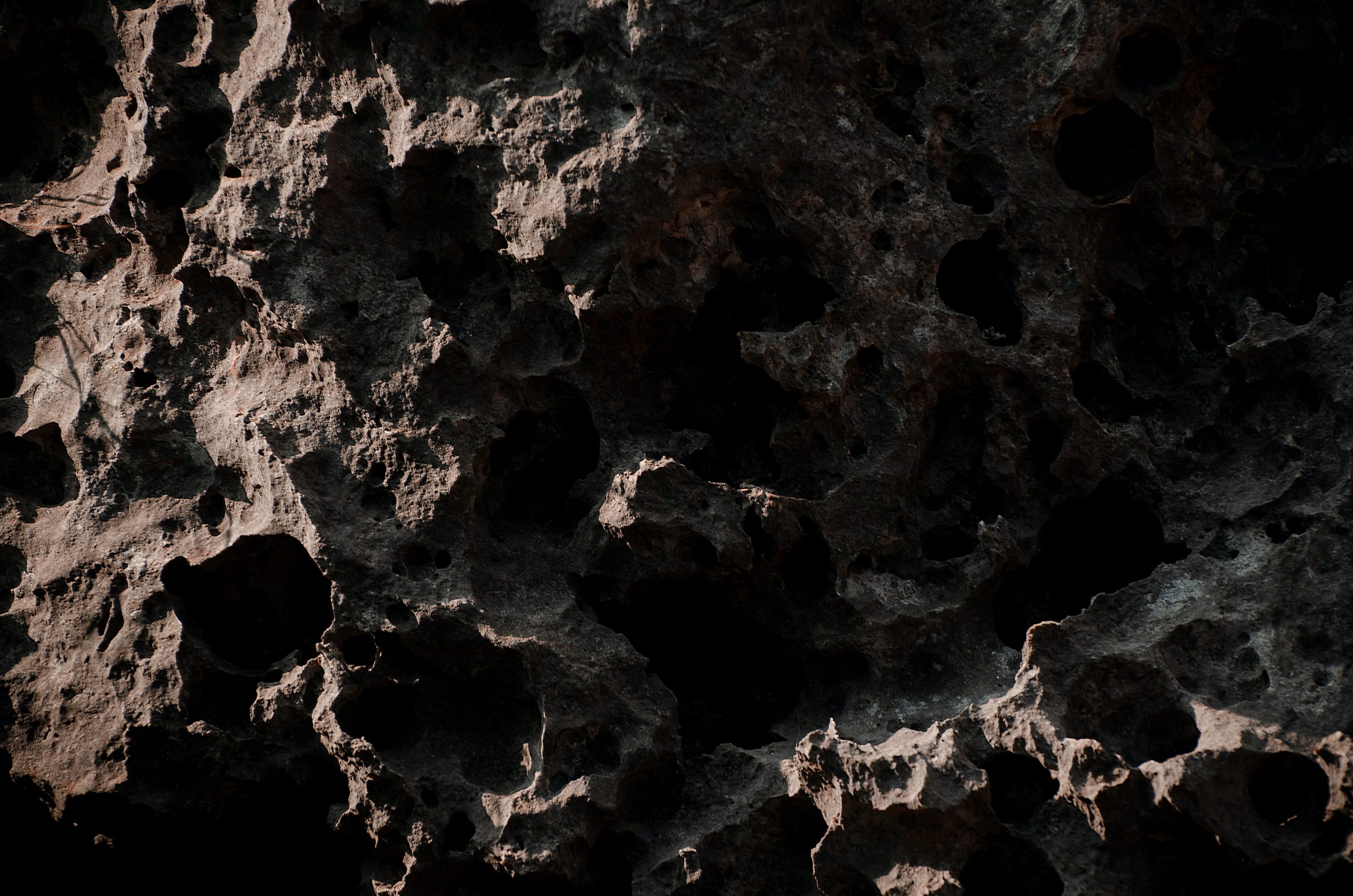Astronomers have uncovered new evidence suggesting that the near-Earth asteroid Kamo’oalewa, named after the Hawaiian term for “the oscillating fragment,” may be a chunk of the moon.
This Ferris-wheel-sized space rock has been a subject of curiosity since its discovery in 2016.
A recent study, published on October 23 in Communications Earth & Environment, outlines a plausible scenario where an ancient asteroid impact could have propelled Kamo’oalewa into its current orbit while raising the possibility of additional moon fragments circulating in our solar system.
The moon-like composition of Kamo’oalewa was revealed through an analysis conducted in 2021, leaving scientists intrigued by its origins.
Renu Malhotra, lead author and planetary scientist at the University of Arizona, remarks, “We are now establishing that the moon is a more likely source of Kamo’oalewa.”
Two peculiar traits set Kamo’oalewa apart. First, it is considered a “quasi-satellite” of Earth, orbiting so closely that it appears to revolve around our planet, although its primary orbital partner is the sun.
Second, it is projected to remain in Earth’s vicinity for millions of years, unlike most near-Earth objects that tend to stay for only decades.
The investigation into Kamo’oalewa’s composition was triggered by its unusual orbit.

Spectral analysis of the asteroid’s emitted and absorbed light revealed that it is likely composed of moon rock.
As Malhotra points out, “If it had been a typical near-Earth asteroid, no one would have thought to find its spectrum, and we wouldn’t have known Kamo’oalewa could be a lunar fragment.”
Researchers simulated asteroid impacts on the moon, studying the gravitational forces acting on ejected fragments.
Surprisingly, the results indicated a small likelihood that some of these fragments could end up in near-Earth orbits.
Before this study, astronomers had assumed that most lunar material would either return to the moon’s surface or fall to Earth rather than settle into distant orbits around the sun.
These findings have significant implications for understanding hazardous near-Earth asteroids.
The next step for scientists is to determine the precise conditions that led to Kamo’oalewa’s unique orbit and pinpoint when the impacting event occurred.
In the quest to unravel the mysteries of our solar system, Kamo’oalewa serves as a valuable clue, shedding light on the diverse origins and journeys of celestial bodies in our cosmic neighborhood.


Comments are closed.